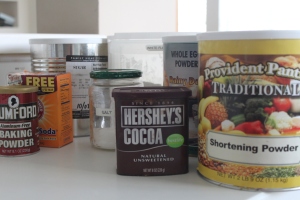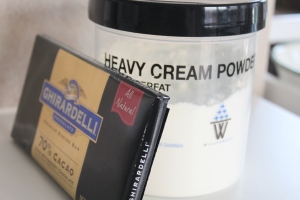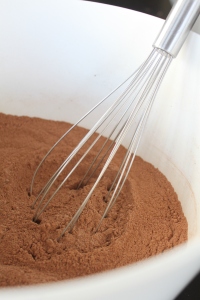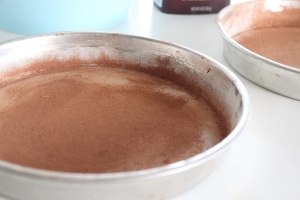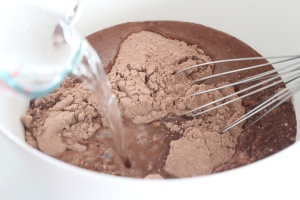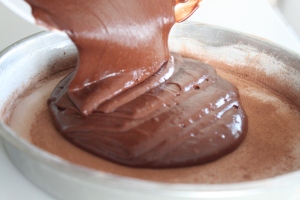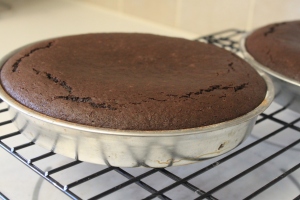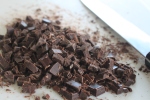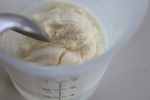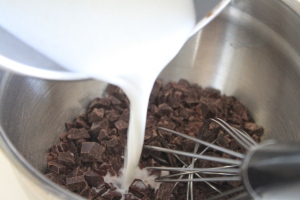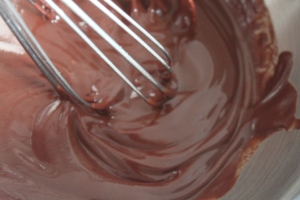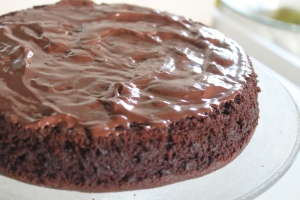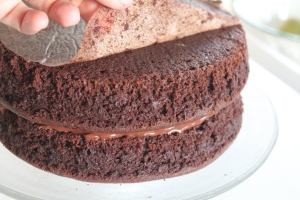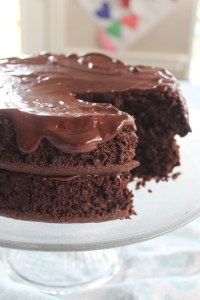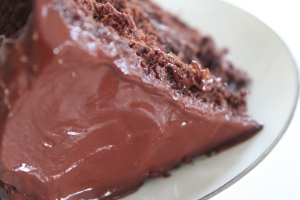Drinking Water

Store drinking water for circumstances in which the water supply may be polluted or disrupted.
If water comes directly from a good, pretreated source, then no additional purification is needed; otherwise, pretreat water before use. Store water in sturdy, leak-proof, breakage-resistant containers. Consider using plastic bottles commonly used for juices and soda.
Keep water containers away from heat sources and direct sunlight.
Drinking Water Guidelines
Water Storage
Commercially bottled water in PETE (or PET) plastic containers may be purchased. Follow the container’s “best if used by” dates as a rotation guideline. Avoid plastic containers that are not PETE plastic.
If you choose to package water yourself, consider the following guidelines:
Containers
Use only food-grade containers. Smaller containers made of PETE plastic or heavier plastic buckets or drums work well.
Clean, sanitize, and thoroughly rinse all containers prior to use. A sanitizing solution can be prepared by adding 5 ml (1 teaspoon) of liquid household chlorine bleach (5 to 6% sodium hypochlorite) to 1 liter (one quart) of water. Only household bleach without thickeners, scents, or additives should be used.
Do not use plastic milk jugs, because they do not seal well and tend to become brittle over time.
Do not use containers previously used to store non-food products.
Water Pretreatment
Water from a chlorinated municipal water supply does not need further treatment when stored in clean, food-grade containers.
Non-chlorinated water should be treated with bleach. Add 8 drops of liquid household chlorine bleach (5 to 6% sodium hypochlorite) for every 4 liters (one gallon) of water. Only household bleach without thickeners, scents, or additives should be used.
Storage
Containers should be emptied and refilled regularly.
Store water only where potential leakage would not damage your home or apartment.
Protect stored water from light and heat. Some containers may also require protection from freezing.
The taste of stored water can be improved by pouring it back and forth between two containers before use.
Water Purification
If your water supply is not known to be safe or has become polluted, it should be purified before use. Water purification is generally a two-step process.
Step 1: Clarify
Cloudy or dirty water must first be made clear. It should be passed through filter paper, fine cloth, or some other filter. It should be allowed to settle, and then the clear water on top can be carefully drawn. Filtered or clear settled water should always be disinfected before use.
Step 2: Disinfect
Boiling Method
Bringing water to a rolling boil for 3 to 5 minutes will kill most water-borne microorganisms. However, prolonged boiling of small quantities of water may concentrate toxic contaminants if present.
Bleach Method
Adding 8 drops of fresh liquid household chlorine bleach (5 to 6% sodium hypochlorite) to every 4 liters (one gallon) of water will kill most microorganisms. Only household bleach without thickeners, scents, or additives should be used. The use of bleach does not address toxic contamination.
Commercial Water Filters
Commercial water filters can effectively filter and purify water contaminated with microorganisms, toxic chemicals, and heavy metals. Their effectiveness depends on design, condition, and proper use.
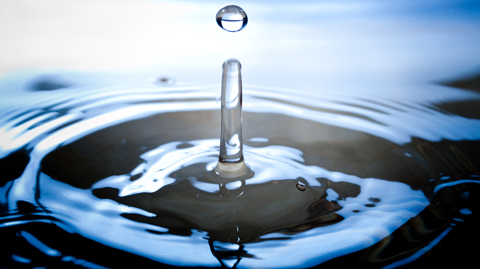








.JPG)





























